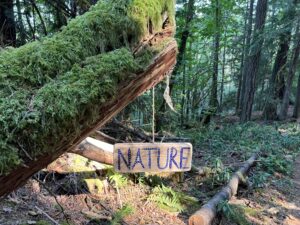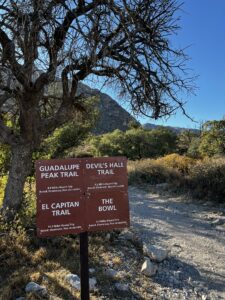Proprioception: The Hidden Superpower for Hikers and Longevity (Especially for Women)
Have you ever stumbled on a root during a hike, caught yourself just in time, and kept moving like nothing happened? That moment of graceful recovery? You can thank proprioception — your body’s hidden superpower. Proprioception is your body’s ability to sense its position, movement, and balance in space without needing to look. It’s your internal GPS, letting you know where your limbs are and how to move them — even in the dark, on rocky terrain, or when fatigue sets in. For hikers, especially women navigating summit paths, proprioception plays a crucial role not just in performance, but in safety and long-term joint health. Why Proprioception Matters for Hiking & Longevity Women vs. Men: Is There a Difference? Yes — and it matters on the trail. Women often have a wider pelvis and different Q-angle (the angle at which the femur meets the tibia), which can influence knee tracking and balance. Hormonal fluctuations also affect joint stability, making proprioceptive training even more vital for women. Men tend to have more muscle mass and may naturally rely more on strength than balance. While this doesn’t make men immune to injury, it often means women need to focus more on joint stability and neuromuscular control to stay strong and safe on the trail. 3 Real-World Hiking Moments Where Proprioception Saves the Day 7 Exercises to Improve Proprioception for Hikers You don’t need fancy equipment. Most of these can be done at home or on a trail! Why It’s Especially Helpful for Women Hiking Up (and Down) a Summit Summit hikes challenge every part of your body. Uphill climbs require strength and coordination. Downhill descents are notorious for knee strain and slipping risks. Proprioceptive training prepares your body for both: For women, this means protecting the knees (a common weak point), improving balance, and building confidence in every step. It’s not just about reaching the summit — it’s about doing it safely, repeatedly, and well into your 60s, 70s, and beyond. Final Thought Proprioception isn’t something we talk about enough, but it’s one of the most important systems to train if you want to stay active and injury-free as you age. Whether you’re hiking your first hill or prepping for a mountain summit, building proprioception is like sharpening your instincts. So next time you’re out on the trail, thank your body for its quiet genius. And if it needs a little help? Give it the training it deserves. From the sidewalk to the summit — your journey begins with balance.



